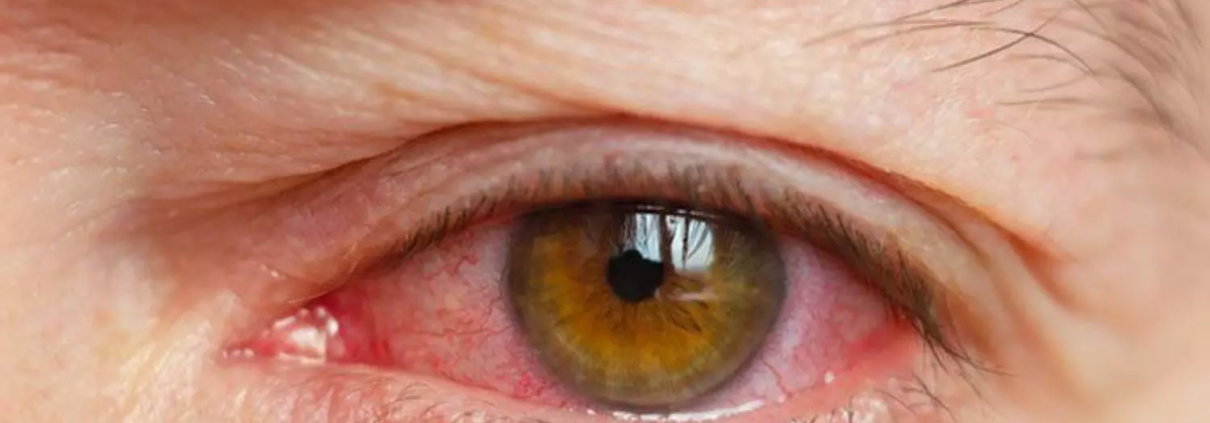TearCare Significantly Improves QoL and Visual Function in Dry Eye Disease Patients: Study

Researchers have found out that the treatment of TearCare (TC) may improve clinical outcome measures as well as improve quality of life in patients experiencing dry eye disease (DED) and meibomian gland disease (MGD). A recent study was published in the journal Clinical Ophthalmology conducted by Feng Y. and colleagues.
This study included adults diagnosed with MGD and DED. 32 individuals, with an average age of 55.9 years, had a minimum visual acuity of 20/40 and hadn’t received any surgical or new DED treatment during the past 60 days. Baseline and after one month of receiving TC, the participants were studied on various parameters, that included MGSS, TBUT, and KFL. Self-reported symptoms were evaluated by the Ocular Surface Disease Index (OSDI) and the Visual Function Questionnaire-25 (VFQ-25), functional visual measures that included reading speed, measured with International Reading Speed Texts (IReST), Minnesota Low Vision Reading Test (MNREAD), and Wilkins Rate of Reading Test (WRRT).
-
52% (16 participants) demonstrated a clinically significant improvement in reading speed, defined as an increase of at least 10 words per minute in IReST score. Both the IReST and MNREAD reading tests were statistically significant (p = 0.012 and p = 0.028, respectively).
-
Quality of life improved significantly, OSDI scores decreased significantly and VFQ-25 increased (both p < 0.001), indicating a decrease in self-reported symptoms and increased perception of visual function.
-
All the clinical parameters, including MGSS, TBUT, and KFL, were statistically improved after TC treatment at p < 0.001, which shows that TC is effective in restoring the meibomian gland function and stability of tear film.
In conclusion, TearCare has demonstrated clinical and functional benefits in patients suffering from DED who present with MGD. Its efficacy after one session of therapy makes it an ideal frequent therapy for the DED patient, particularly one who is significantly challenged by functional visual impediments.
Reference:


